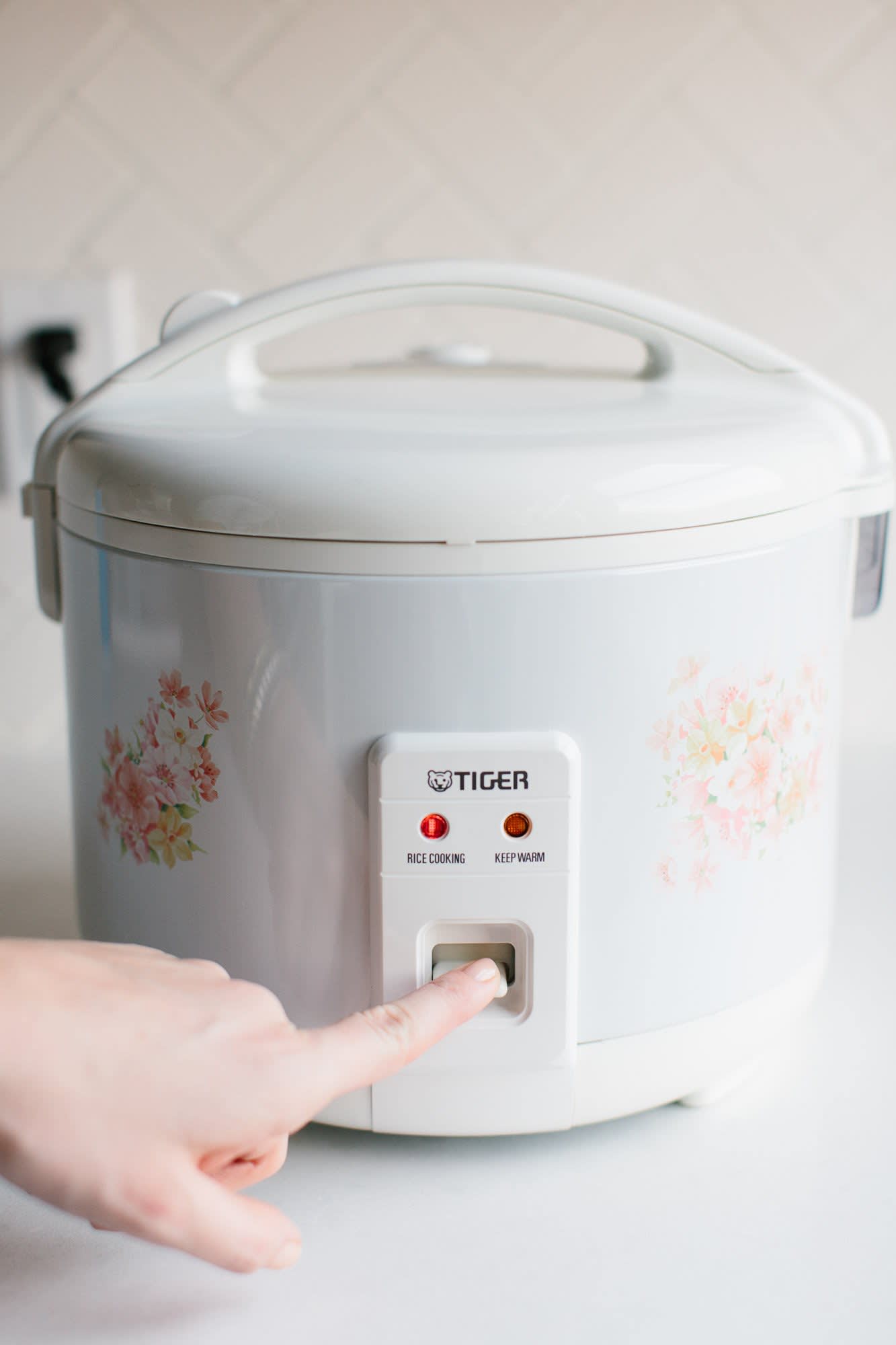
Rice Cooker: The Perfect Companion for Effortless Cooking
In the bustling tapestry of modern life, cooking often becomes an arduous task amidst our relentless schedules. However, the humble rice cooker has emerged as a culinary savior, offering a convenient and foolproof approach to preparing perfect rice every time. Whether you’re a seasoned chef or a novice in the kitchen, understanding the optimal water-to-rice ratio is crucial for achieving fluffy, delectable rice.
Join us on a culinary journey as we delve into the world of rice cookers, exploring the science behind the perfect water-to-rice ratio. Along the way, we’ll unravel the fascinating history of rice, uncover the latest cooking techniques, and share expert tips for effortless rice preparation.
The Water-to-Rice Ratio: A Delicate Balance
The water-to-rice ratio plays a pivotal role in determining the texture and consistency of cooked rice. Too much water can result in mushy, overcooked rice, while too little water can leave rice undercooked and crunchy.
The ideal ratio varies slightly depending on the type of rice used. Short-grain rice, known for its stickiness and starchy texture, requires more water than long-grain rice, which cooks up drier and more separated. As a general rule of thumb, start with a 1:1 ratio for short-grain rice and a 1:1.5 ratio for long-grain rice.
A Culinary Journey Through Time: The History of Rice
Rice has been a staple food for over 9,000 years, nourishing civilizations from ancient China to present-day households worldwide. Its cultivation spread throughout Asia, the Middle East, and eventually Europe, leaving an indelible mark on culinary traditions.
In many cultures, rice has become more than just a food source. It holds cultural significance and is often associated with festivals, ceremonies, and special occasions. From the Chinese tradition of sticky rice dumplings during the Dragon Boat Festival to the Indian pongal harvest festival, rice has intertwined itself with the fabric of human history.
The Science of Perfect Rice: Understanding the Cooking Process
Cooking rice in a rice cooker is a deceptively simple process that involves the delicate interplay of heat and water absorption. When rice is introduced to boiling water, the grains absorb water and expand. As the water evaporates, the starch granules in the rice gelatinize, creating the familiar soft and fluffy texture.
The key to achieving perfect rice lies in understanding the different stages of cooking. Initially, the water boils vigorously, rapidly heating the rice and causing it to absorb water at a steady rate. As the water level decreases, the boiling slows down, and the rice enters a simmering phase. During this stage, the rice continues to absorb moisture, ensuring even cooking and a uniform texture.
Latest Trends and Developments: Innovations in Rice Cooking
The world of rice cookers has undergone significant advancements in recent years. From smart cookers that adjust cooking time and temperature based on the type of rice used to multi-functional appliances that combine rice cooking with steaming and slow cooking, innovation is transforming the way we prepare rice.
Moreover, emerging cooking techniques such as sous vide and pressure cooking offer new possibilities for experimenting with rice dishes. By precisely controlling temperature and pressure, these methods can yield unique textures and flavors, pushing the boundaries of traditional rice cooking.
Expert Tips for Effortless Rice Preparation
Follow these expert tips to elevate your rice cooking skills and achieve perfect results every time:
- Rinse the rice before cooking: This removes excess starch and prevents clumping.
- Use cold water: Cold water promotes even cooking and prevents the rice from becoming mushy.
- Measure the rice carefully: Use a measuring cup to ensure the correct water-to-rice ratio.
- Don’t open the lid during cooking: This releases steam and disrupts the cooking process.
- Let the rice rest after cooking: Allow the rice to rest for 10-15 minutes before serving. This allows the remaining moisture to distribute evenly.
Understanding these techniques will empower you to cook perfect rice consistently, creating a versatile culinary foundation for countless dishes.
FAQ on Rice Cooker Cooking
Q: Can I cook other grains in a rice cooker?
A: Yes, many rice cookers can cook various grains such as quinoa, barley, and oatmeal.
Q: How do I clean my rice cooker?
A: Remove the inner pot and wash it with warm soapy water. Wipe down the exterior with a damp cloth.
Q: Can I add other ingredients to the rice while cooking?
A: Yes, you can add vegetables, herbs, and spices to enhance the flavor of the rice.
Conclusion: A Culinary Staple Reinvented
The rice cooker has revolutionized the way we cook rice, making it accessible, convenient, and foolproof. By understanding the optimal water-to-rice ratio, exploring the history of rice, and embracing the latest cooking techniques, you can elevate your rice cooking skills and create delectable dishes that will impress your family and friends.
So, are you ready to embark on a culinary adventure with perfect rice as your companion? Let the rice cooker become your trusted ally in the kitchen, transforming your meals into unforgettable experiences.

Image: onceownedby.com

Image: martinae-river.blogspot.com
How Much Water For 1 Cup Of Rice – 101 Simple Recipe Jun 30, 2022The rice cooker ratio of rice to water is the ratio of how much rice to how much water is needed to cook the rice in a rice cooker. Most rice cookers come with a measuring cup that will tell you how much water to put in, and most recipes for rice also list the rice to water ratio. The most common ratio is 1:2, which means for every cup of rice